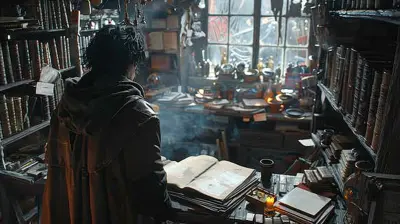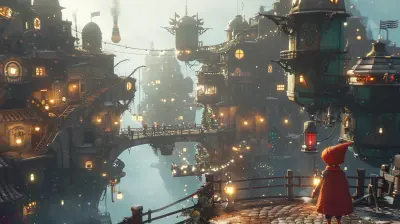Puzzle Mechanics and the Importance of Player Intuition
13 June 2025
Video games have always had a knack for holding us hostage with their magic, haven’t they? One moment you’re casually sitting down to "relax," and the next thing you know, you’re staring at your screen, trying to figure out how to unlock a mysterious door, align some glowing symbols, or—heaven forbid—move a few crates. Puzzles are the silent masters of immersion, the unsung heroes of game design. But why do they work so well? And more importantly, what role does player intuition play in making them so satisfying (or utterly infuriating)?
Let's unravel the mystery of puzzle mechanics and why that "aha!" moment makes us feel like absolute geniuses. Buckle up; it’s going to be like solving the Rubik's Cube of game design... except without the frustration of peeling off the stickers.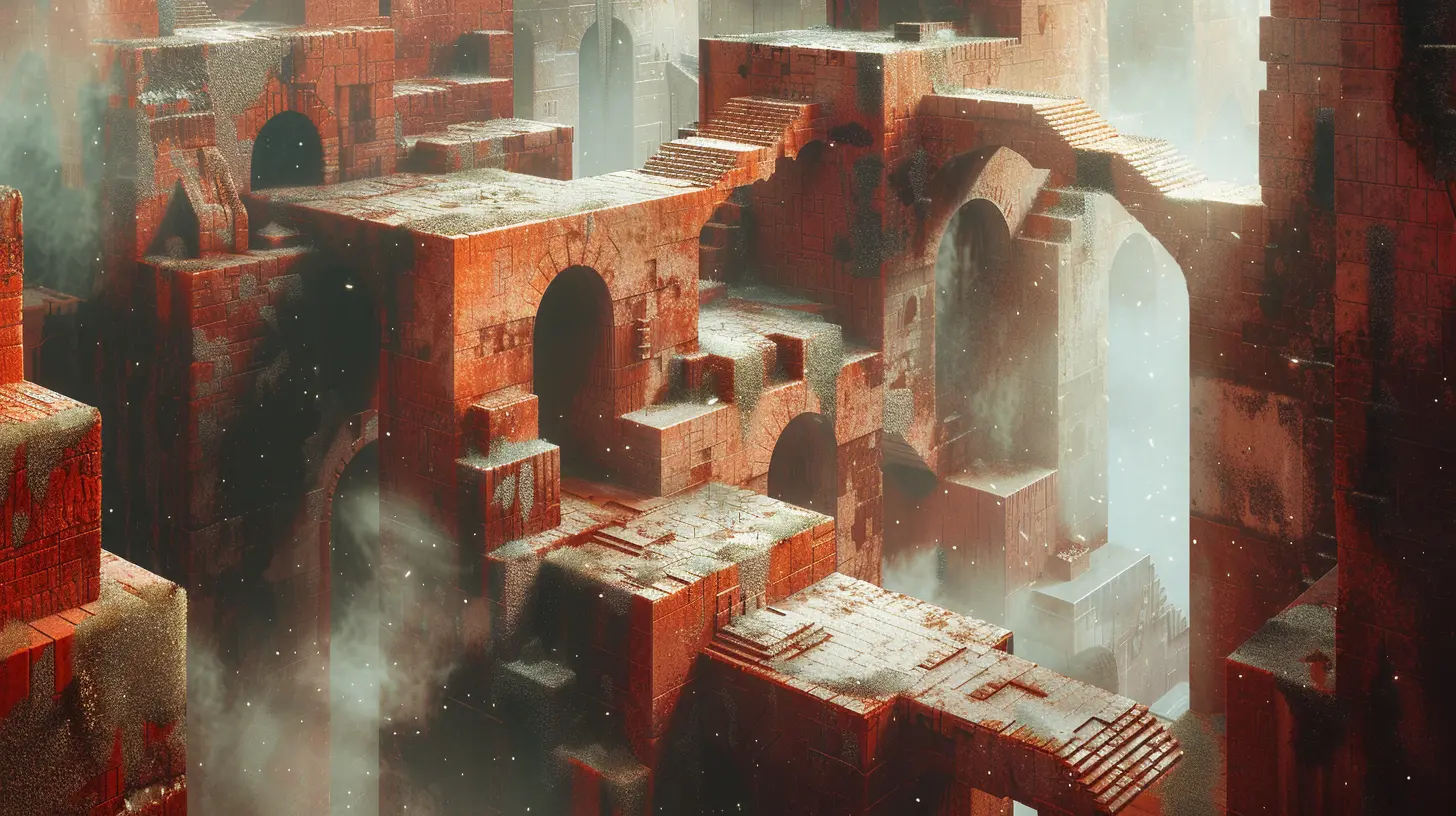
Why Are Puzzles Such a Staple in Games?
Ever noticed how puzzles are everywhere in gaming? From sprawling RPGs like The Legend of Zelda to bite-sized indie gems like The Witness, they’re ingrained in our gaming DNA. But why? The answer is simple: puzzles engage our brains while giving us a sense of accomplishment.Game developers use puzzles to break the monotony of combat or exploration. They’re like the intermissions in a rock concert—still entertaining, but a different tempo. It prevents games from feeling like a relentless grind while adding depth to the world and its story. For example, figuring out a series of ancient mechanisms might tell you more about a civilization in the game than a cutscene ever could. It’s environmental storytelling at its finest.
But here’s the thing—it’s not just about big-brain moments. To truly click, puzzles need a secret ingredient: intuition. Without it, even the most well-crafted puzzle can feel like trying to read hieroglyphs while blindfolded.
The Role of Intuition: What Makes a Puzzle "Click"?
Have you ever played a game where a puzzle solution just popped into your head out of nowhere? It’s like the game whispered the answer into your subconscious, and all you had to do was notice. That, my friend, is peak design. It’s what separates a satisfying puzzle from one that makes you want to throw your controller through the TV.Intuition in gaming puzzles comes down to clarity and logic. A great puzzle gives you all the tools you need to solve it, but it doesn’t spoon-feed you. Instead, it subtly nudges you toward the answer, letting your brain connect the dots naturally. It’s like being handed the pieces of a jigsaw puzzle—but in the end, YOU decide where each piece fits.
Let’s break it down further.
1. Signposting: Finding the Breadcrumbs
Good puzzles leave clues—some obvious, others more subtle. This is called signposting. Imagine you’re walking in a forest, and you see faint footprints leading to a hidden trail. That’s what signposting does in games. It might be as overt as a glowing object or as subtle as a recurring pattern in the environment.Take Portal, for example. That game is a crash course in intuitive puzzle mechanics. Each test chamber teaches you a new concept—whether it’s momentum or portal placement—before combining them in more complex ways. The game doesn’t grab your hand and drag you to the solution. Instead, it points at the breadcrumbs and says, "You got this."
2. The "What If?" Factor: Encouraging Experimentation
A big part of puzzle-solving intuition comes from the freedom to experiment. If a game penalizes you for trying something wacky, players are less likely to think outside the box. Great games encourage curiosity and let you explore the "what ifs."Remember how fun it was to mess around with the physics in Breath of the Wild? Solving puzzles in shrines often felt like MacGyvering a solution more than following a strict path. The game rewards thinking creatively—stacking metal objects, setting things on fire, or using sheer brute force. (Who doesn’t love a good "oops, but it worked anyway" moment?)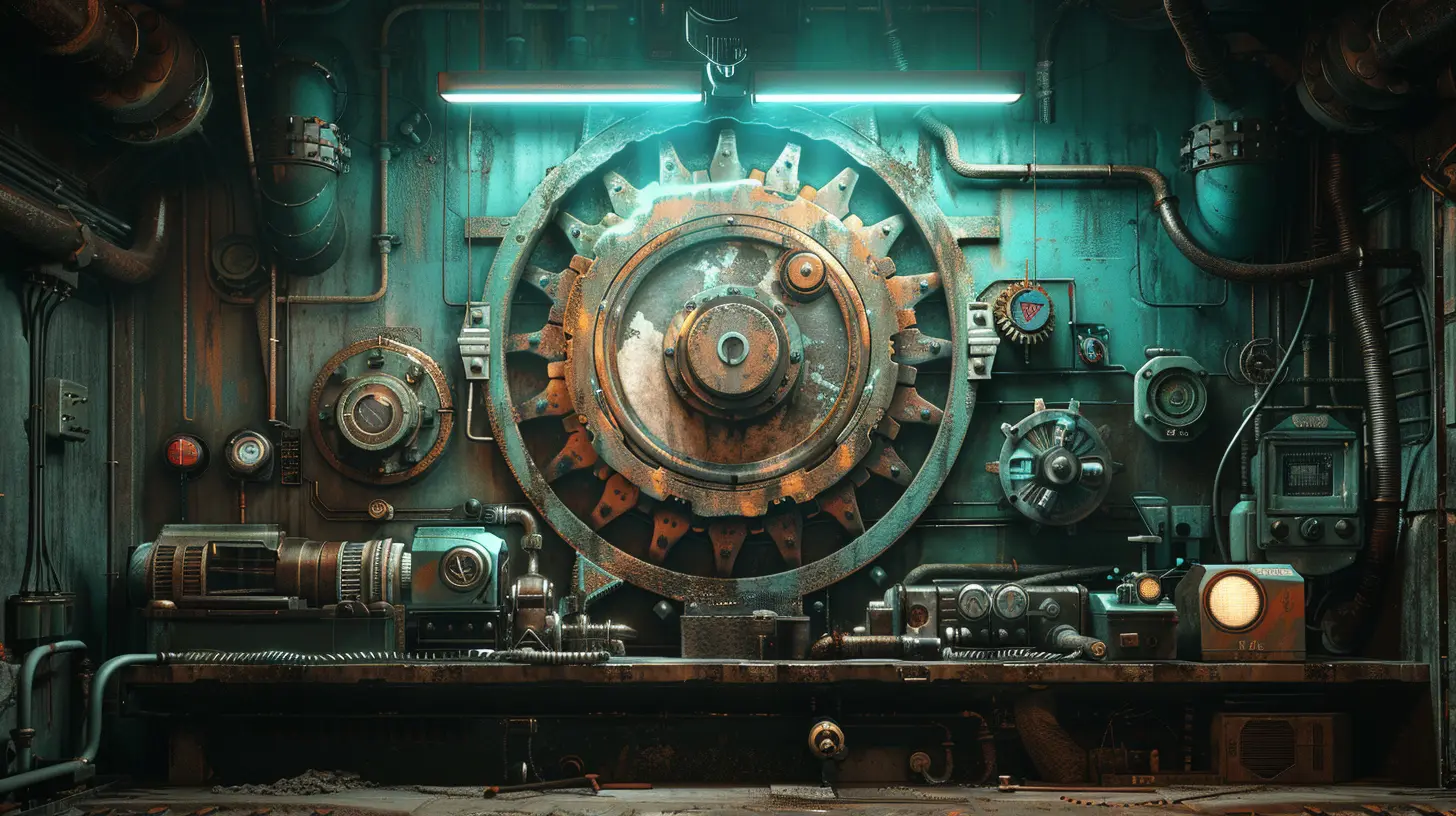
When Puzzles Get It Wrong: The Line Between Challenge and Frustration
Let’s be honest—sometimes puzzles suck. Like, really suck. Those are the ones where logic takes a backseat, or worse, where the game actively defies your instincts.One common misstep is lack of feedback. If you’re trying to solve a puzzle and nothing happens—no sound effects, no little animations, nada—it feels like shouting into the void. Compare that to games like Resident Evil, where even something as small as a "click" when you turn a piece the right way makes you feel like you’re on the right track. Validation matters, people!
Another offender is over-complication. Some games forget that players don’t have hours to stare at vague symbols or guess arbitrary codes. The puzzle in Silent Hill 2 where you had to interpret Shakespearean plays? Genius, sure, but also an absolute fever dream if you didn’t have a guide.
Bad puzzles make you feel stupid. Good puzzles, on the other hand, make you feel smart, even when the solution was glaringly obvious in hindsight.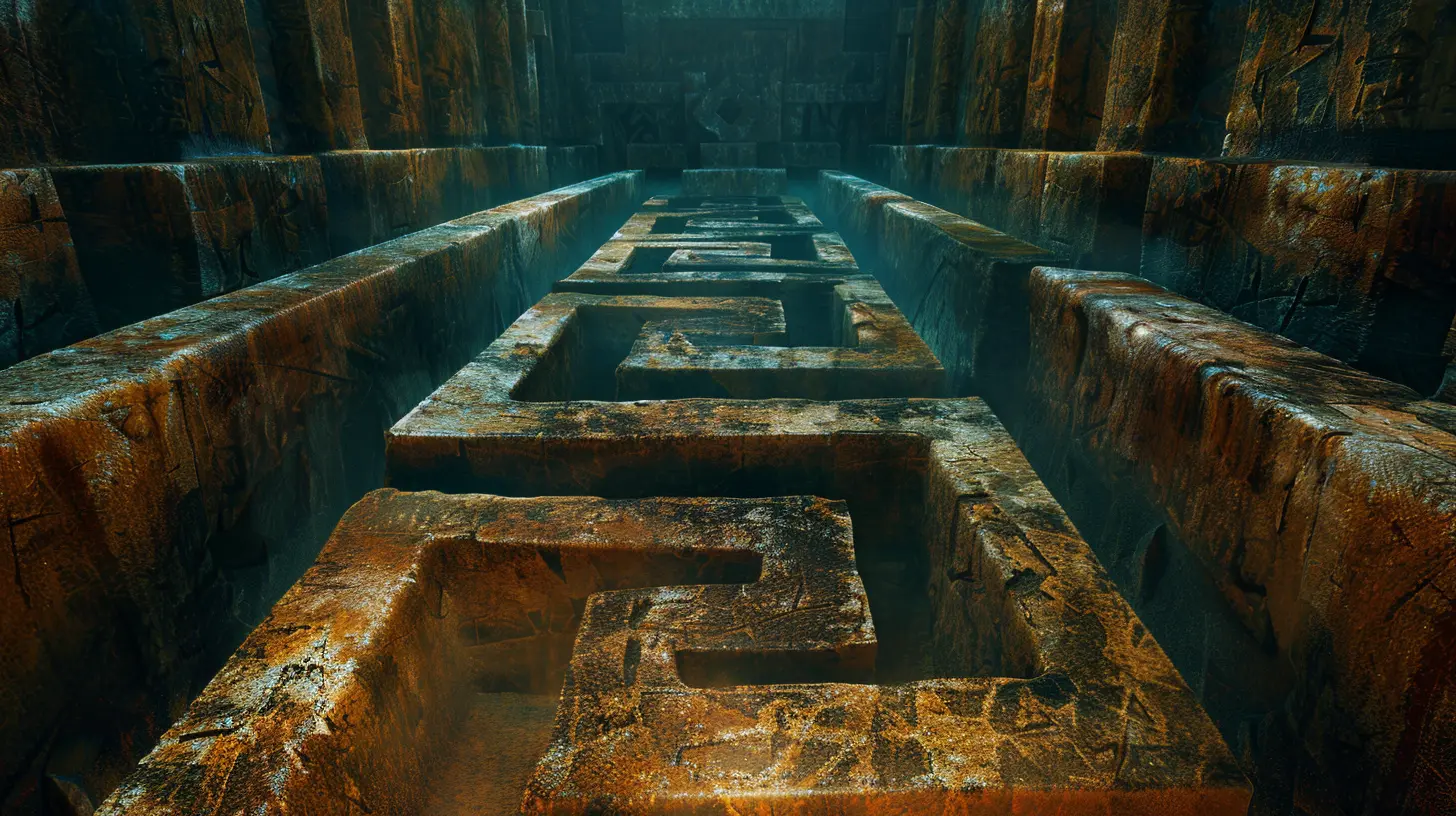
Striking the Balance Between Fun and Frustration
So, how do game developers find the sweet spot? It’s all about balance. A great puzzle should challenge you, yes, but it shouldn’t make you rage-quit. Here are a few key ingredients for nailing that balance:1. Teach Without Telling
The best puzzles teach you their mechanics through gameplay, not long-winded tutorials. You ever hear someone say, "Show, don’t tell"? Turns out, that’s not just good advice for movies—it’s a puzzle-making mantra.Think about Tetris. The game never outright tells you, "Hey, make a line to clear blocks." It just happens, and you instantly understand the goal. That simplicity makes it timeless.
2. Ramp It Up
Start easy, then gradually increase the difficulty. It’s kind of like sipping hot sauce—go too mild, and it’s boring; go too spicy right out of the gate, and you’re sweating buckets. The gradual ramp-up gives players time to learn the mechanics before throwing them into the deep end.3. Let Players Feel Clever
Nobody likes a puzzle that feels like busywork (looking at you, matching-tile minigames). Let players feel like they’ve outsmarted the game, even if the solution was part of the design all along. That little dopamine hit? That’s what keeps players hooked.Why Puzzle Mechanics Are Here to Stay
At the end of the day, puzzles are more than just obstacles—they’re a language. They connect players to the game world, its rules, and its logic. A well-designed puzzle doesn’t just challenge you; it tells you something about the world you’re playing in. It’s why they’ve been a cornerstone of gaming since the very beginning, and it’s why they’ll stick around for decades to come.And hey, next time you’re staring at a particularly tricky puzzle and wondering why you subject yourself to this madness, just remember: You’re not just solving a puzzle. You’re outsmarting a game designer. And aren’t those moments of triumph worth it?
Conclusion: Trust Your Gut, Save the Princess
Puzzles in games don’t just test our brains—they tap into something deeper. They rely on our ability to notice patterns, follow logic, and (most importantly) trust our intuition. When done right, they’re thrilling little challenges that break up the gameplay and leave us grinning like fools.So, the next time you find yourself overthinking a puzzle, take a breath. Look around. The answer might be simpler than you think. After all, game designers are clever, but so are you. And deep down, your gut already knows what to do. Listen to it.
all images in this post were generated using AI tools
Category:
Game MechanicsAuthor:

Pascal Jennings
Discussion
rate this article
2 comments
Spike McDougal
Puzzle mechanics and player intuition: the ultimate duo since peanut butter met jelly! Navigating tricky challenges can feel like solving a Rubik's Cube blindfolded, but when that ‘aha!’ moment hits, it’s sweeter than finding a hidden stash of snacks. Happy puzzling!
June 16, 2025 at 3:22 AM

Pascal Jennings
Thank you for your clever analogy! I love how you captured the joy of puzzle-solving and the satisfaction of those "aha!" moments. Happy puzzling indeed!
Paula Parker
Great insights! The emphasis on player intuition in puzzle design truly enhances engagement and satisfaction. It’s fascinating how these mechanics shape the gaming experience.
June 15, 2025 at 2:50 AM

Pascal Jennings
Thank you! I'm glad you found the insights valuable. Player intuition really is key to creating a more engaging and satisfying puzzle experience.
